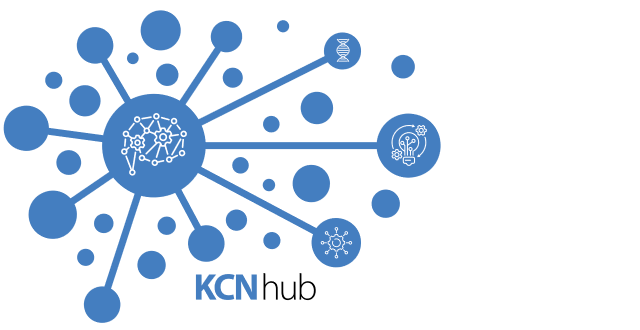Analysis of Inhibitory Interneuronal Networks using Phase Plane and Phase Responses
Abstract: There are two major theories of how gamma oscillations arise in the brain: the stochastic population oscillator theory and coupled oscillator theory. In the former, the relevant oscillator is the local circuit comprised of a population of individual neurons in the fluctuation driven regime, whereas in the latter it is an oscillator in the mean driven regime. In the latter, the intrinsic oscillatory properties of individual neurons matter, in the former they do not. An important aspect of the intrinsic dynamics is whether the mathematical bifurcation giving rise to spiking is a subcritical Hopf leading to an abrupt onset of spiking at a nonzero frequency (type 1), or a saddle node on an invariant circle that allows arbitrarily slow firing (type 1). We and others have shown that PV+ fast spiking interneurons in layers 2 and 3 of the entorhinal cortex have Hodgkin’s type 2 excitability, whereas others have shown that those area CA1 have type 1 excitability. Here we explain using phase plane techniques that in some ways coupled type 1 inhibitory neurons synchronize better with shunting inhibition, whereas type 2 synchronize better with hyperpolarizing inhibition. We also analyzed the tendency of populations of coupled interneurons to break into clusters using phase response curve theory. Finally, we examine the evidence that interneurons are in the oscillatory rather than the subthreshold regime during gamma oscillations.
Bio: Carmen Castro Canavier PhD has a BE in Chemical Engineering from Vanderbilt University, and an MS and PhD in Electrical and Computer Engineering from Rice University. She trained as a postdoctoral fellow in Neuroscience in Jack Byrne’s learning and memory lab at the University of Texas Health Sciences Center- Houston. She is a theoretical and computational neuroscientist. Her current position is Professor and Vice-Chair for Research, Julius H. Mullins Sr. Professor of Anatomy, Department of Cell Biology and Anatomy, School of Medicine, Louisiana State University Health Sciences Center at New Orleans. Her research interests include the synchronization of pulse-coupled oscillators and the nonlinear dynamics of neurons and neural circuits. Her current focus is on the dopamine neurons that participate in basal ganglia circuits, and on gamma and theta oscillations in the hippocampus.
Support for this KCN event is generously provided by the Fields Institute as part of the 2019-2020 Centre for Mathematical Medicine (CMM) Seminar Series
Please register for this event at the following link:
Recording available on Fields youtube channel:
https://www.youtube.com/watch?v=Jix5jy6Ohiw&feature=emb_logo

